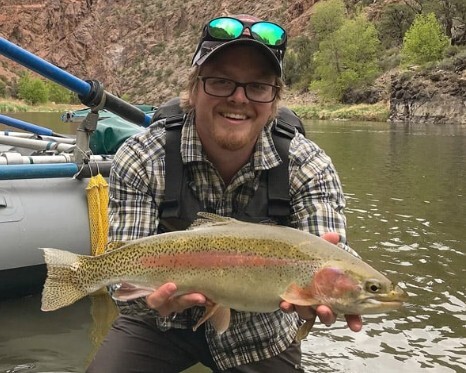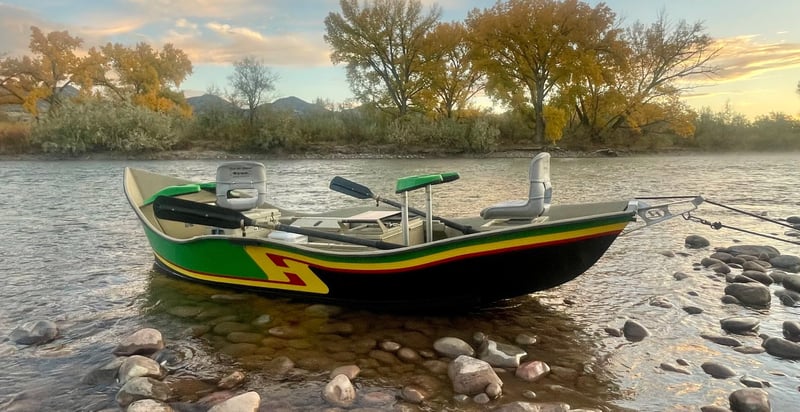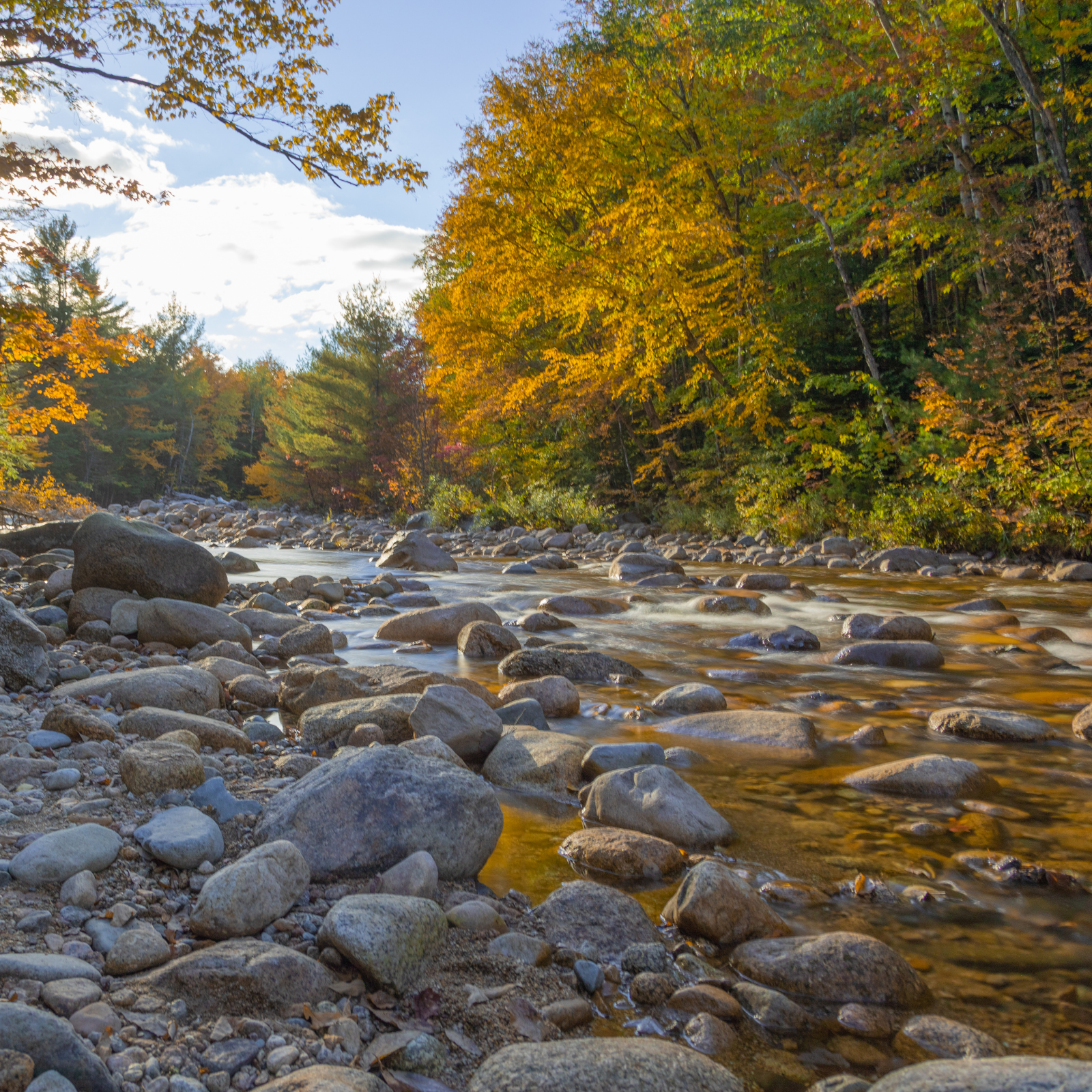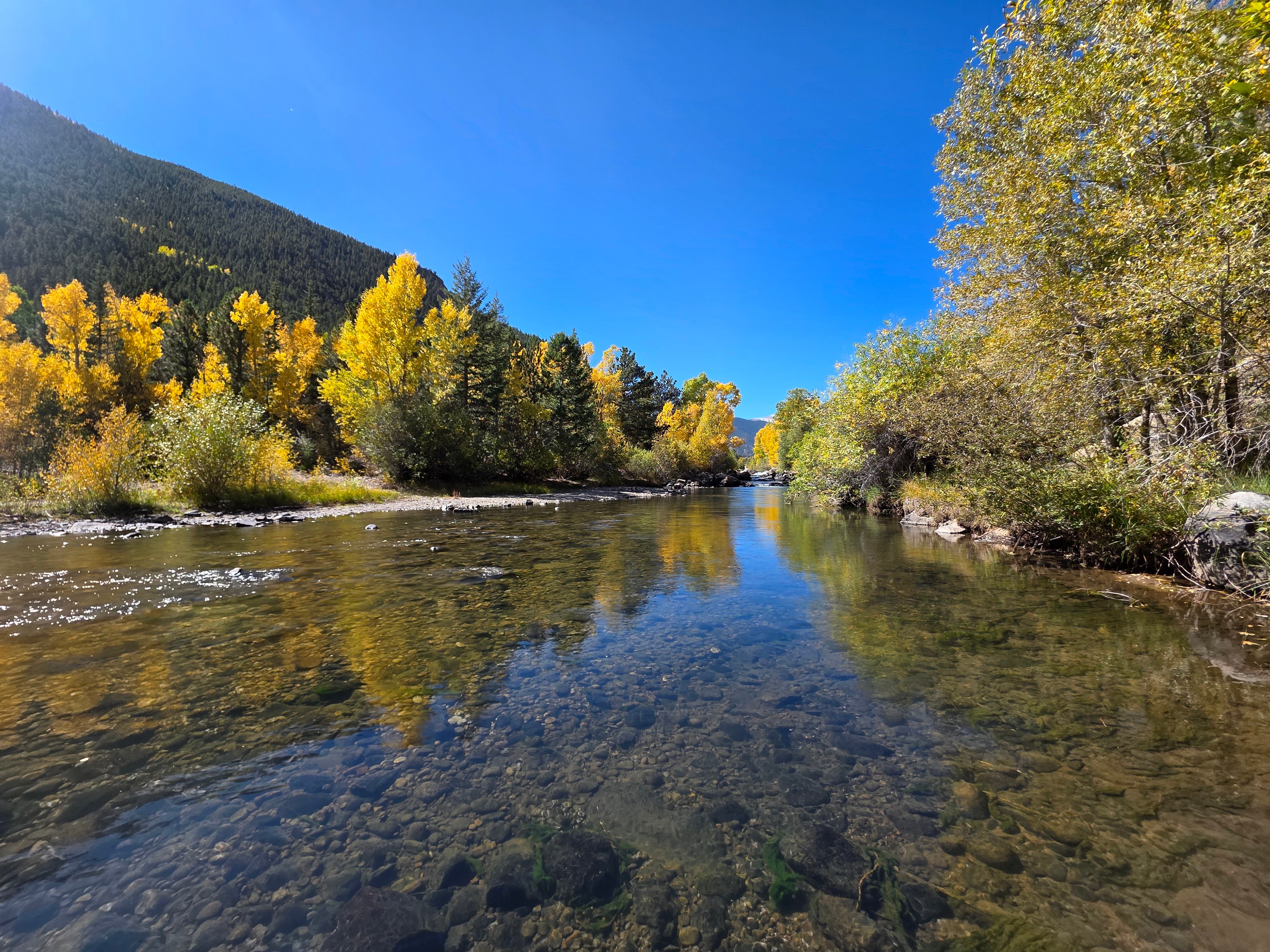Wading vs. Floating in Colorado: Why the Trip You Choose Shapes the Day You Have
You’re booking a trip, and the outfitter hits you with the question:
Walk-wade or float?
Seems simple enough. One’s on foot. One’s on a boat.
But in Colorado, those two choices can lead to wildly different experiences- not just in how you fish, but how you move, learn, and connect with the river.
So here’s what each actually looks like, and how to pick the one that fits.
Listen To the Podcast Here
Walk-Wade: Slower, Closer, Tighter
-1.png?width=600&height=400&name=fly%20fishing%20in%20colorado%20(82)-1.png)
A walk-wade trip means you’re covering water on foot. You park, gear up, and hike into specific runs, pockets, or pools. Your guide walks with you. It’s hands-on, focused, methodical.
Why it works:
- You learn to read water because you have to
- Great for beginners who want to work on technique
- Easy to pause and dissect each cast, drift, and eat
- Works well on tailwaters like Cheesman, Deckers, Blue River, and Fryingpan
What to expect:
- Less water covered, more detail explored
- Slower pace, but not necessarily easier- there’s hiking, slippery rocks, and plenty of re-rigging
- Limited by flows- some rivers are too deep or pushy at high water
If you want to understand why a fish eats where it eats, wading gives you time to study the map, not just float past it.
Photo credit: @CWSFF Book Colorado West Slop Fly Fishing for a Float Trip on the Colorado
Float Trips: Fast Water, Long Views, Fewer Crowds
Floating opens up water you simply can’t reach on foot. You’ll be in a drift boat or raft, covering 4 to 12 miles in a day, depending on flows.
Why it works:
- Ideal for covering more water and seeing a variety of structure
- You get shots at fish others can’t reach
- Usually quieter stretches- less foot traffic, more fish per mile
- Best on rivers like the Colorado, Roaring Fork, Gunnison, Eagle
What to expect:
- Quick decision-making- cast, mend, hook, repeat
- Less time per spot, but more opportunities overall
- You may not “learn the river” in the same granular way, but you’ll see how it behaves at scale
Floats are for those who want to fish more water and let the current tell the story.
Technique Differences: Same Flies, Different Games
On foot: You’ll often nymph with tight-line or indicator setups, or target slower edges with dry flies and light rigs. You can dial in your casting angles and experiment without rushing.
From a boat: You’re often casting from a moving platform. You fish more streamers, more dry-droppers, more on-the-fly adjustments. Your guide rows, calls shots, nets from behind. It’s faster, more dynamic- and easier to miss if you’re not focused.

Photo Credit: @RigsFlyFishing Book Rigs Fly Fishing for a Float Trip Today!
Which Is Better?
Neither. But each has a vibe.
Wade trips are about control, teaching, intimacy. You’re in it, learning it, adjusting with every footstep.
Float trips are about rhythm, range, and adventure. You’re letting the boat take you through a broader chapter of the river.
What to Ask Before You Book
- What’s fishing best right now- wade or float?
- What’s the physical demand like for this wade trip?
- Are flows high enough (or low enough) for boats?
- Do I want to learn a skill, or just fish my face off?
Guides love when you ask real questions. It helps them dial in a trip that fits- not just fill a calendar slot.
Final Thought
Don’t just pick based on cost or what sounds cool. Pick based on how you want to fish- and how you want the day to feel.
Because in Colorado, walk and float aren’t two versions of the same thing.
They’re two different ways to meet the river.
.png?width=300&height=100&name=Copy%20of%20Rise%20Beyond%20Logo%2012.31.24%20(300%20x%20100%20px).png)
.png)

%20(8).png?width=3000&height=1000&name=Guide%20Bank%20Logo%20(3000%20x%201000%20px)%20(8).png)


